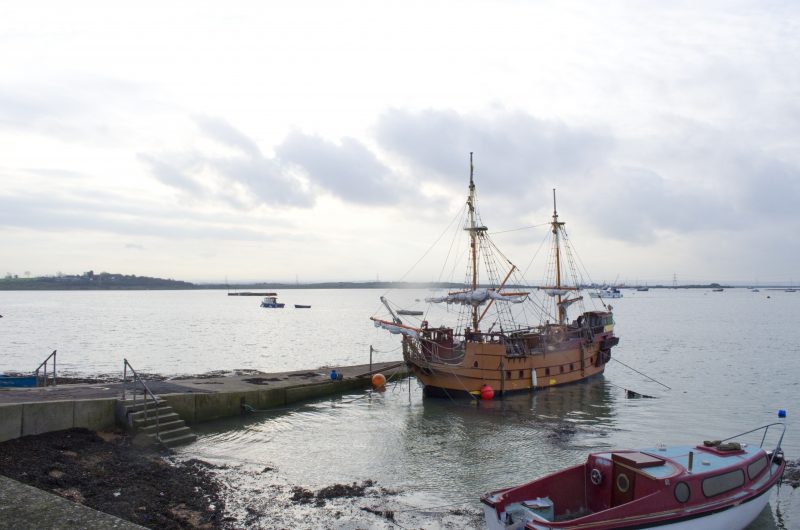
Queenborough Hard, owned by QFT, with a replica sailing ship
Where would you look for financial support if you needed start-up funds to launch Faversham’s first literary festival? Or you’d come out of the army early and needed help with kit to start an apprenticeship? Or you might be a popular local swimming pool seeking funding to install hoists for your swimmers with disabilities? The answer, if you live in the Swale area, in particular Queenborough, Sittingbourne or Faversham, might well be the Queenborough Fishery Trust (QFT).
At the latest count (January 2018), there were more than 168,000 charities in England and Wales registered with the Charity Commission. Their collective annual income is in the region of £75 billion. These figures do not include the very small charities, with income less than £5,000, which are exempt from registration. The National Audit Office estimates there may be 100,000 of these.
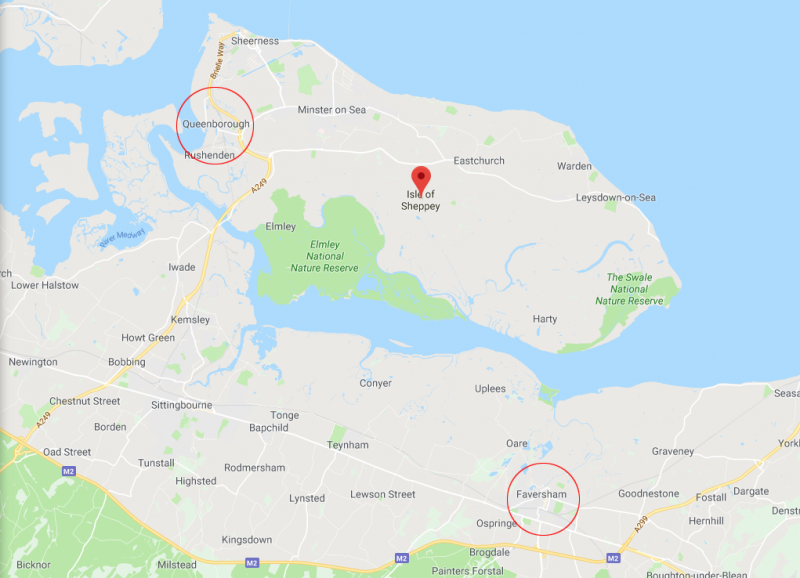
Map of Sheppey, showing Queenborough and Faversham
Recently, some of the very largest charities have demonstrated that they have lost sight of their mission and have abused their wealth and influence. These, fortunately, form a small if unduly prominent group. The vast majority of charities, most quite small, are constantly mindful of their charitable objects, actively supporting their beneficiaries and making a tangible difference in their local communities. An admirable example, run with flair and untarnished altruism, is the intriguingly named Queenborough Fishery Trust.
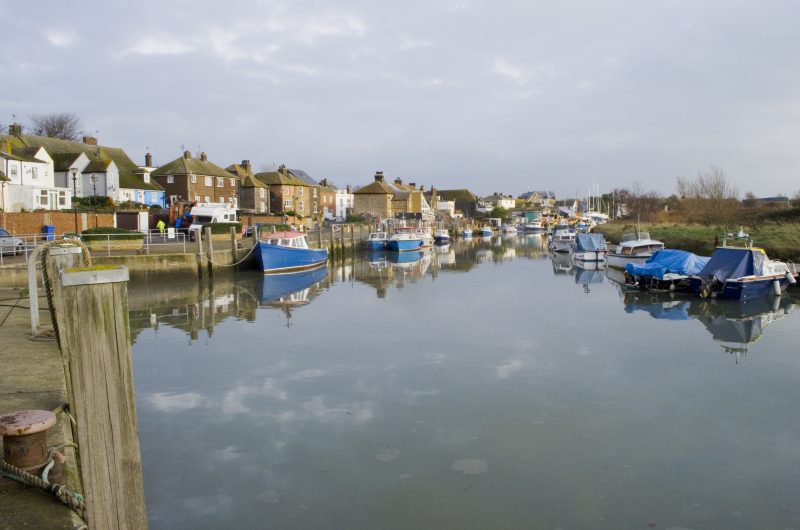
Queenborough Harbour with the High Street behind
Queenborough is a town on the Isle of Sheppey, which is separated from mainland Kent by the Swale. Queenborough High Street is described in the Pevsner Architectural Guides, The Buildings of England series, in the volume on Kent: North East and East, as ‘a pleasant backwater’. To find out more, I went to see Ted Wilcox, a long-serving local councillor, Mayor of Faversham from 2008-2010 and a trustee of many local charities. He has been Chairman of the Board of Trustees of QFT for the last four years. Ted tells me that Queenborough has had ‘a fascinating history.’ The town was named, he says, after Edward III’s Queen, Philippa of Hainault, and was built to support the great circular castle he erected in 1361-77 to defend the passage of ships along the Swale during the Hundred Years War with France. Edward III gave Queenborough a charter in 1366, and two years later made it a royal borough.
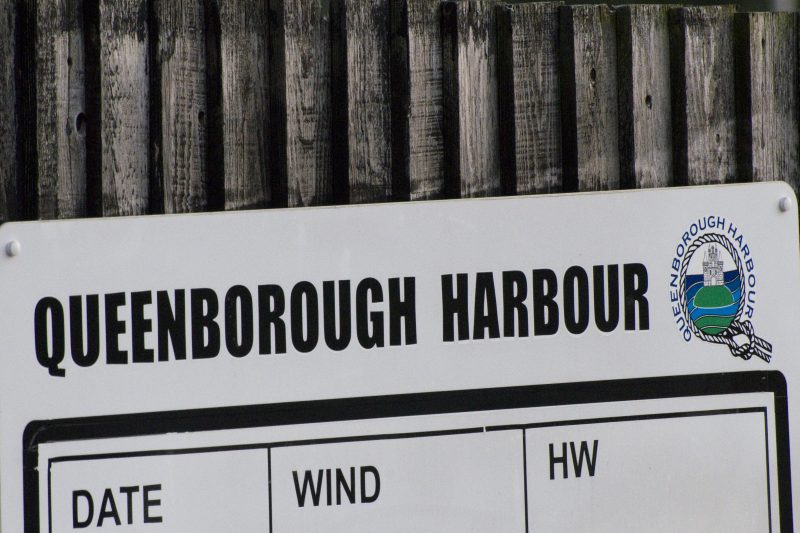 Despite this promising start, Queenborough failed to flourish, in part because its defensive role was undermined by the expansion of the royal dockyard at Sheerness. By the 19thcentury when Daniel Defoe visited, he described it as ‘a miserable and dirty fishing town (with) the chief traders alehouse keepers and oyster catchers.’ From 1572 to 1832, Queenborough returned two Members of Parliament and was one of the 56 ‘rotten boroughs’ in which a handful of voters might return several MPS. The borough was abolished by the Great Reform Act, which tidied up the British electoral system. (In its defence, it should be said that Queenborough had an electorate of 300 and was one of the largest of the boroughs that were abolished.)
Despite this promising start, Queenborough failed to flourish, in part because its defensive role was undermined by the expansion of the royal dockyard at Sheerness. By the 19thcentury when Daniel Defoe visited, he described it as ‘a miserable and dirty fishing town (with) the chief traders alehouse keepers and oyster catchers.’ From 1572 to 1832, Queenborough returned two Members of Parliament and was one of the 56 ‘rotten boroughs’ in which a handful of voters might return several MPS. The borough was abolished by the Great Reform Act, which tidied up the British electoral system. (In its defence, it should be said that Queenborough had an electorate of 300 and was one of the largest of the boroughs that were abolished.)
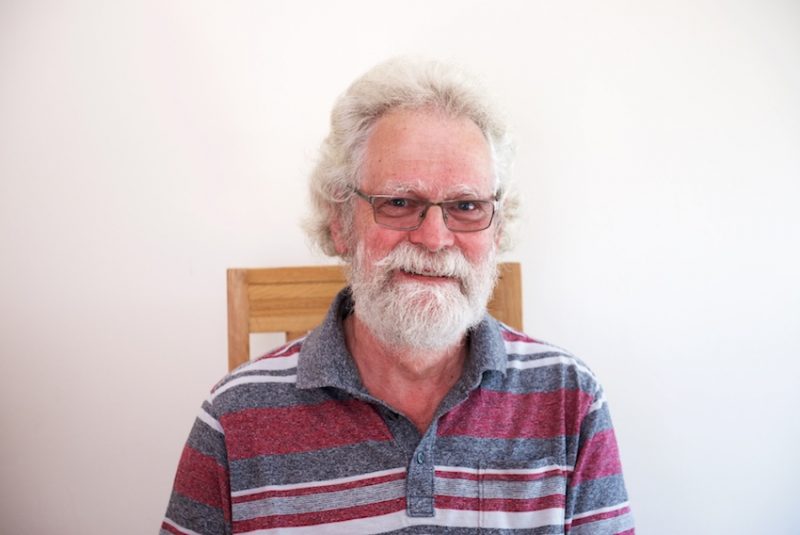
Chairman of the Trust, Ted Wilcox
Ted told me that reform of the Corporation created by Edward III was regularly mooted, but it wasn’t until 1937 that a trust was formed, with Queenborough Borough Council as the trustee, to take over the ownership of parts of the shoreline and the sea bed off the west and south coast of the Isle of Sheppey, sections of which were ancient oyster beds. The trust’s purpose was to administer this property and distribute rental income to the local poor and needy. This trust underwent several changes and in 1974 was taken on by the newly formed Swale Borough Council following the abolition of Queenborough council and others in the area. In early 2015, the decision was made to re-establish the body as an independent registered charity. Since then, very recently, it has become a Charitable Incorporated Organisation (CIO) to protect the personal liability of trustees and allow the charity to own property corporatively.
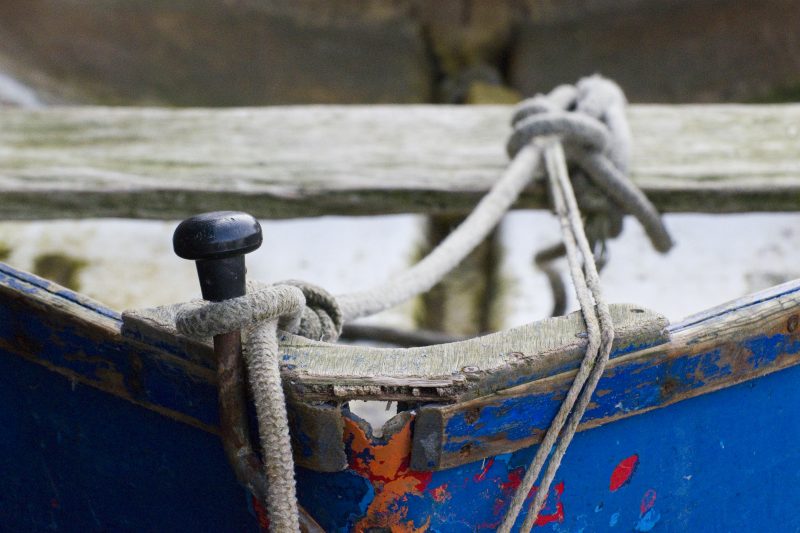
A boat tied up in harbour
QFT’s charitable objects are to help poor, sick or disabled people who live in the Swale area, with particular reference to Queenborough, and to help provide local recreational, leisure-time and educational facilities. The charity’s trustees may also make grants for other charitable purposes as they see fit. This latter power, is the one, says Ted, that can provide most scope for community support. ‘QFT’, he says, ‘can provide funding for something that is additional to but does not replace provision by a local authority or school where there is a legal duty.’

Secretary to the Trust, Laurence Young
Laurence Young, Secretary to the charity, has been involved with it for more than 12 years, first of all when he worked for Swale BC as Faversham Town Centre Manager. Laurence is very much a Faversham man who can trace his family back locally to the 13thcentury. He is also an enthusiast for the small charity that employs no staff and has hardly any overheads – ‘small charities are spot on,’ he says. QFT has ten trustees, two nominated by Swale BC, two by Queenborough Town Council and six from the community. Apart from Laurence, the officers consist of Jo Mackness, who is the clerk, and Sam Nye, the bookkeeper. They all work from home, although the charity has a postal address at the Alexander Centre in Faversham. The trustees meet quarterly to consider grant applications and conduct the business of the charity.
‘In operational terms’, says Laurence, ‘the area of benefit is the Isle of Sheppey, Sittingbourne and Faversham.’ The charity’s income comes from renting out land, much of it to Peel Ports, a company that imports cars through Sheerness and has developed 190 acres of secure vehicle storage on mudflats owned by QFT. The company has also put up wind turbines on nearby land owned by the Crown Estates. The wind farm oversails QFT’s mud, and rental is paid for this.
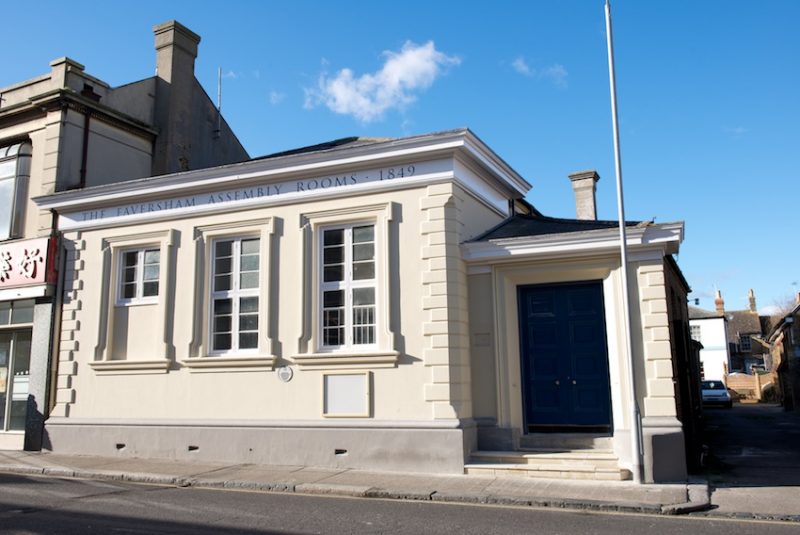
Grants have been awarded for improving access to the Faversham Assembly Rooms and restoring and repainting the frontage
QFT has supported many Faversham community initiatives, including: Faversham Buildings Preservation Trust, improving access to the Assembly Rooms and restoring and repainting the frontage; Kent Creative Arts, for its 2018 Faversham 365 project, in which a year in the life of the town is recorded in photographs taken by residents; Faversham Literary Festival, start-up costs; Abbey Physic Community Garden, an award for new surfaces for the widening of paths and one for help with the construction of new rooms for educational/social purposes.

Abbey Physic Community Garden
Grants have been made for Faversham Christmas lights, the overhaul of the stadium’s floodlights at Faversham Town Football Club, and underwater speakers for Faversham Swimming Club. There are many more. Full information on awards made in each financial year and the charity’s annual accounts can be found on www.gov.uk by entering the QFT’s registered charity number, 255136, in the search facility for the charities section of the website. Most grants are made to organisations, but applications from individuals are considered provided the application is supported by an appropriate organisation.
Application forms for grants and guidance notes can be downloaded from the website, www.queenboroughfisherytrust.org, or are available from:
Queenborough Fishery Trust
c/o The Alexander Centre
Preston Street
Faversham
Kent
ME13 8NY
Text: Sarah. Photography: Lisa, Neil Brown, Hope Fitzgerald and others.